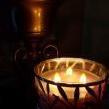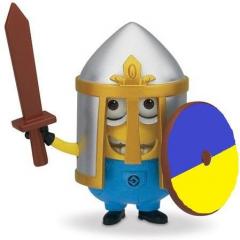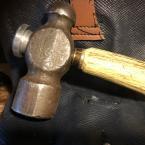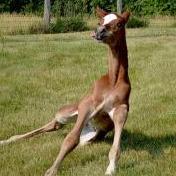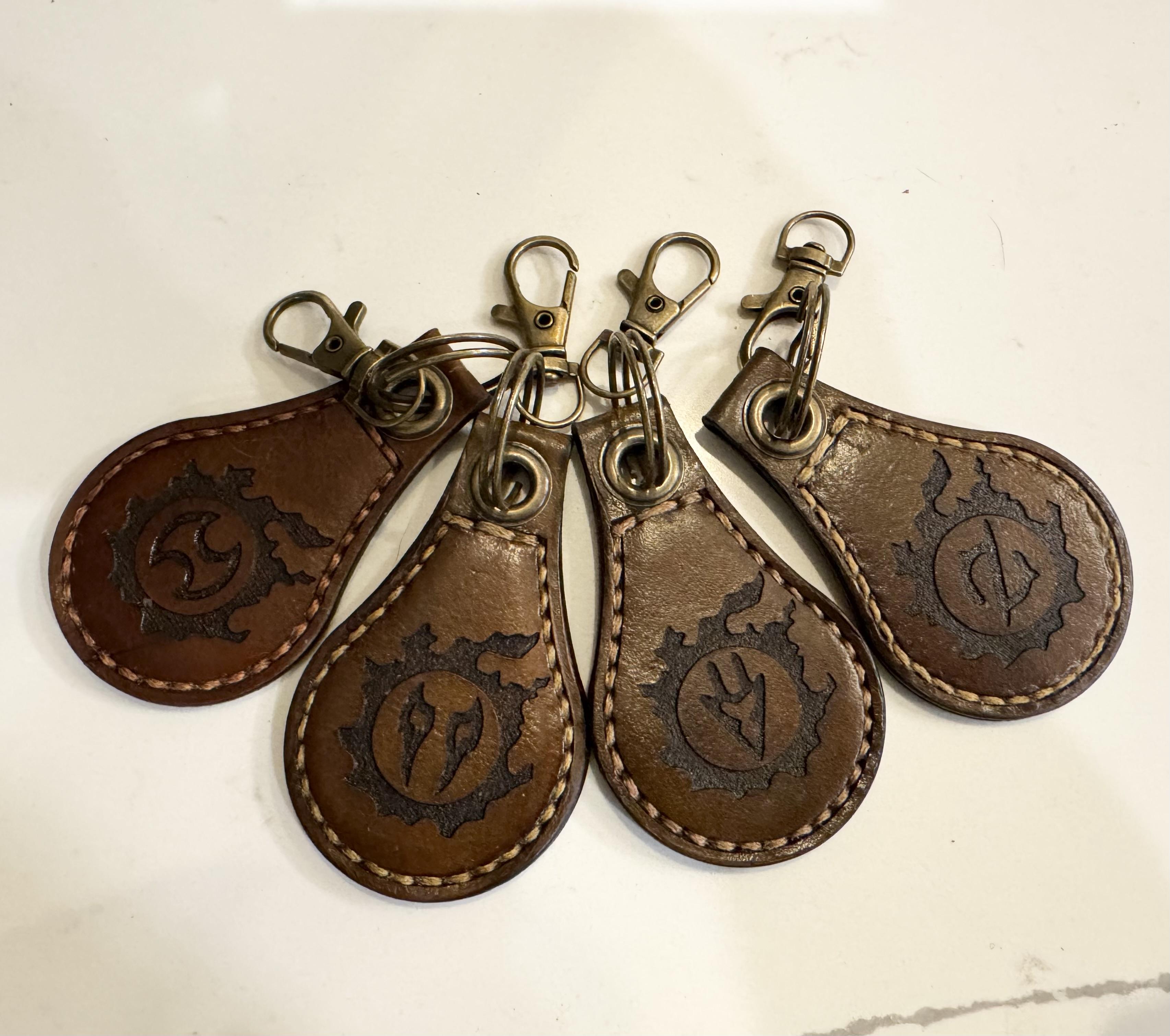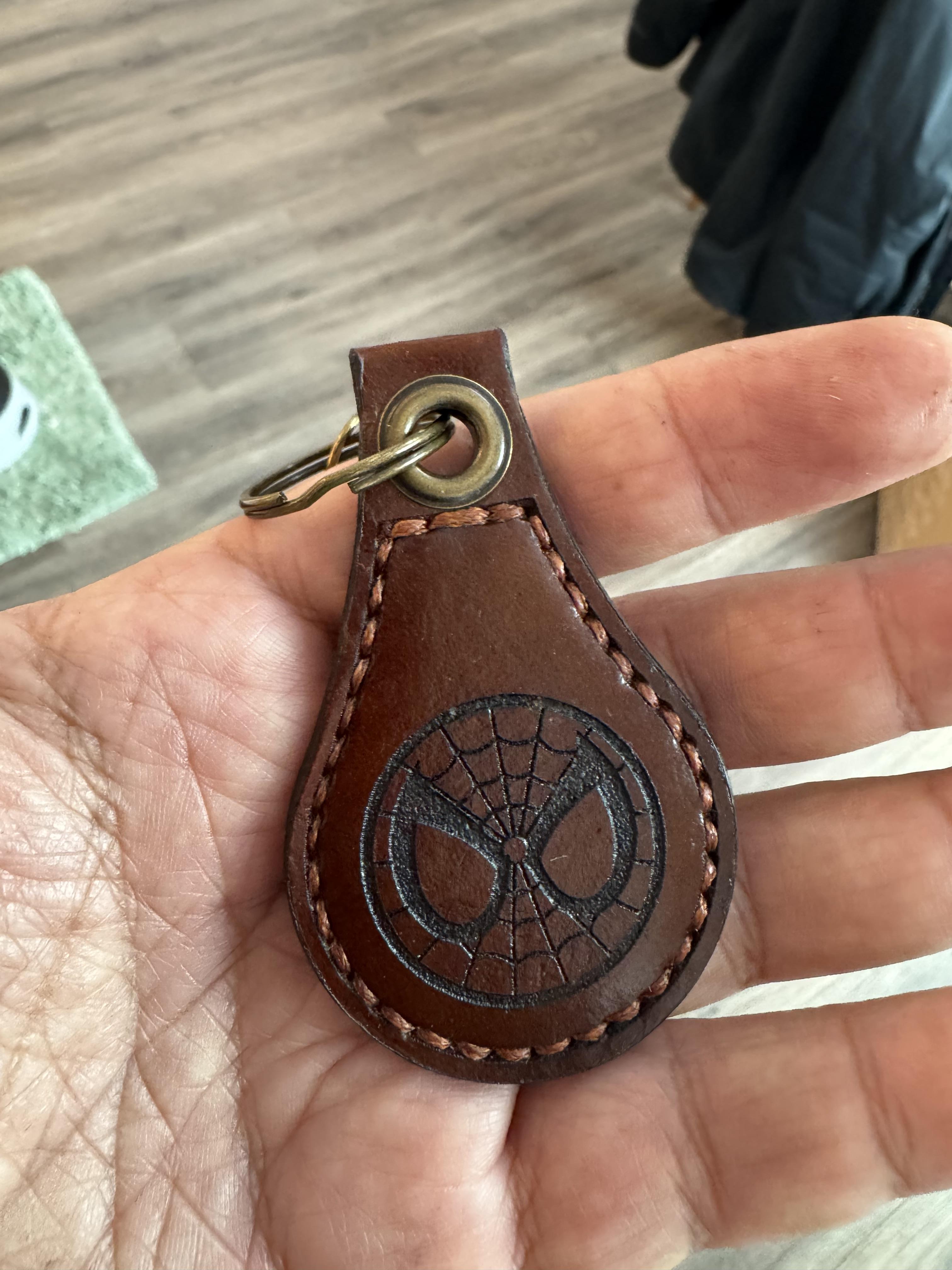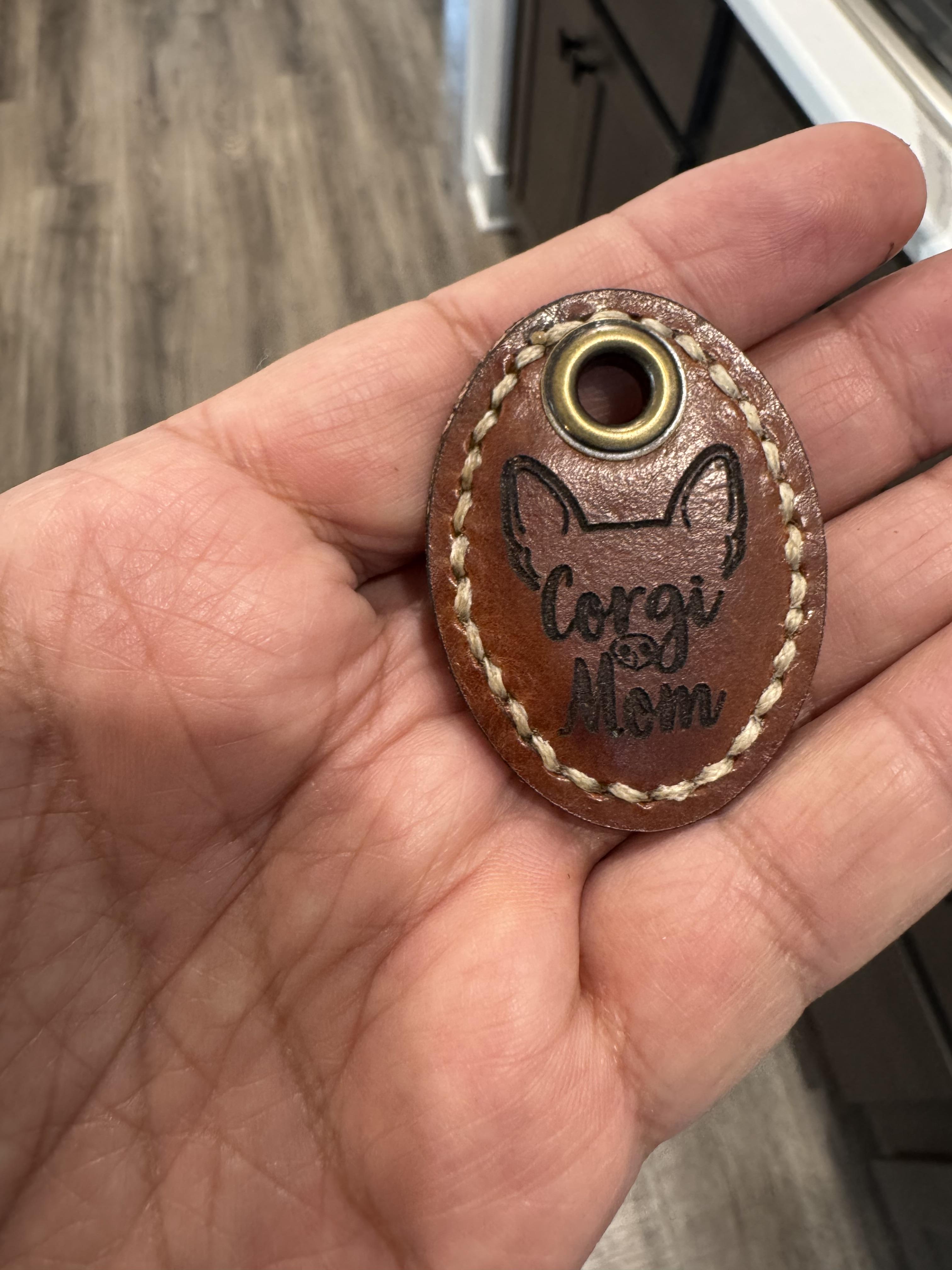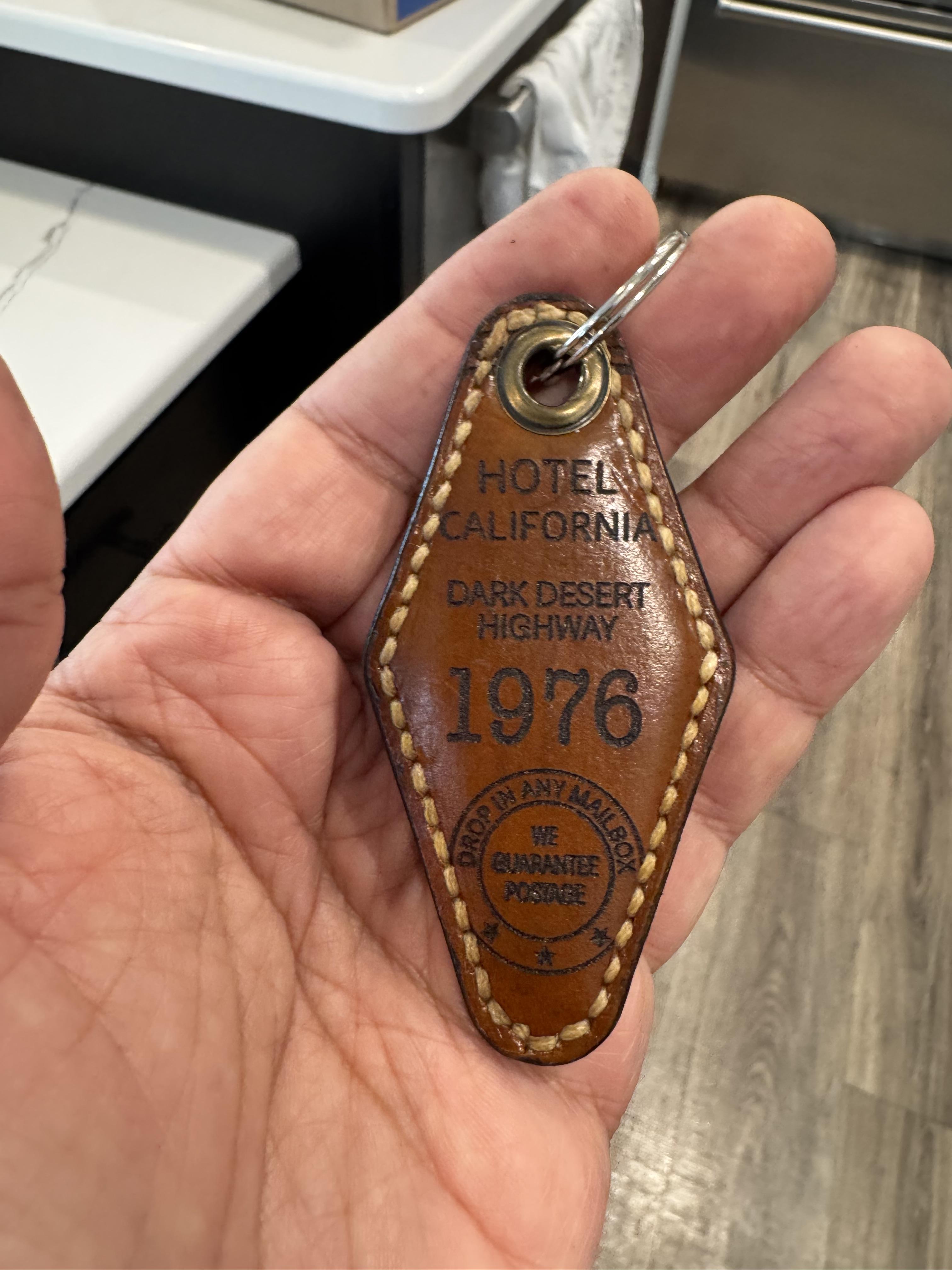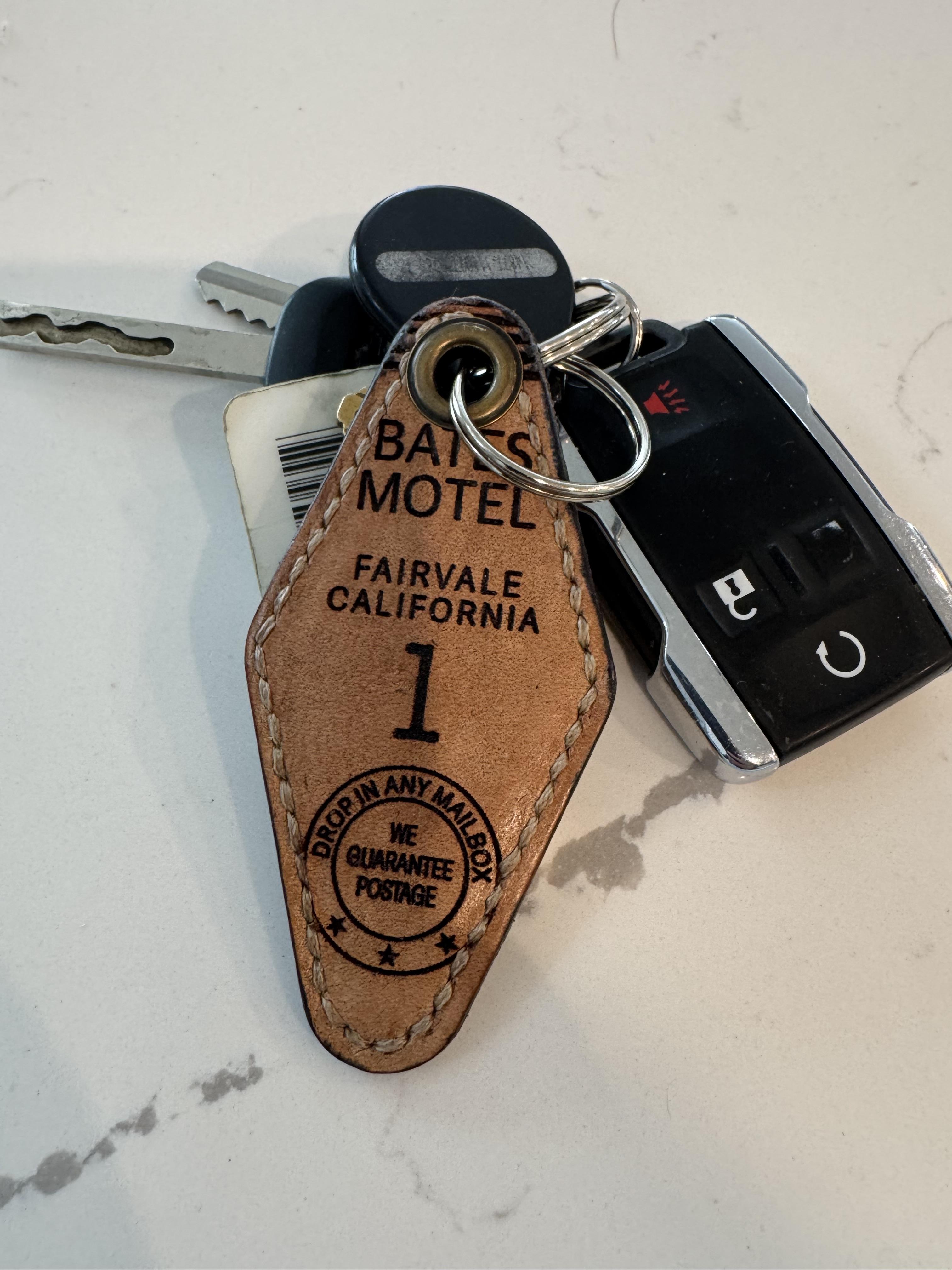All Activity
- Past hour
-
I don't have that. Will need to order them. I do have thin gloves that I made for stitching to prevent 'blood sacrifices' as I stitch. Maybe I can attach something on the palms as well. No idea about the makes. Those that I ordered are John James; some I bought from Tandy. Others from Amazon Vine which are actually fine for ordinary leatherwork - bags and other sundry items. I plan to check what Tandy has in stock today, else order John James online. I need to ensure that the needles that I purchase do not widen at the eye. I checked, and all mine do. So adding the thickness of the thread, it is not surprising that the needles break, I guess. About attaching the thread, I do the S-knot. Sometimes I just pierce the thread with the needle and pull it through to lock it in position.
-
What make of needle are you using? and what way do you attach the thread? My needles don't widen at the eye. And I fix the the thread on by piecing the thread and pulling it down so that its locked in line with the needle
- Today
-
Use one of these; a saddlers palm, aka a sailmakers palm Available for left or right hand. Handy to have for the occasional use. Generally not expensive but some can be I find on thick leather the needle is reluctant to go through so I use a small pair of pliers to help pull it through
-
Yes, I will be punching the stitching holes. But I have had trouble earlier where the needles have broken, even with punched stitching holes. I was probably using the wrong sized needles. I do have needles with bigger eyes but then the problem that arises is pushing them through the stitching holes. With the thread, the eye area thickens and can stick and then break, pliers notwithstanding. I will enquire with the Tandy folk. All that armour that they seem to be making all the time is made of pretty thick leather, so they will know about hand-stitching thick leather. I will keep that in mind for the current and all future projects. A trip to Tandy is evidently in the cards today. They have a sale going on serendipitously! Thank you @fredk and @zuludog for your guidance.
-
What are Lederhosen? A Deep Study of Germany’s Iconic Attire by Lederhosenwears Introduction: Is it possible for a clothing to hold Cultural memory? Can just a piece of clothing be more than merely thread and fabric? Can it really hold the identity of an entire culture? When you look at the first time, the lederhosen might seem to you as a costume. Leather shorts along with suspenders, mostly paired with checkered shirts, tall socks as well as alpine hats. All these are quite easily recognizable and is associated with Oktoberfest, festive beer halls and German folk music. Despite all these, the actual story of Lederhosen is far beyond the cliché. Behind all those creased leather seams, there lies a deep-rooted cultural history that has its branches in pride, resilience and community. In a world where fashion is mostly fleeting and temporary, how has this particular piece of cloth successfully managed survive over centuries while adapting through various social changes, and it kept and retained its cultural importance? For finding the very answer, we need to dive deep beyond the physical appearances. Lederhosen are not just what people wear for celebrating Bavarian culture, it is a lot more than that-they are a symbol of it. In multiple ways they explain the story of history, values and identity of people who have tried hard to preserve their cultures and tradition in an ever-changing and ever-globalizing world. The Surprising Endurance of Leather Breeches: Lederhosen stands out as perfect anomaly in the trend drives world. They are merely worn, but are celebrated and proudly worn. Niche enthusiasts and old generation also wear and celebrates it. People of all ages continue to wear lederhosen at festivals, weddings, folk events and more over as a formal wear in Bavaria and beyond. Reason: The roots of this tradition are quite deep that transcends back to the 18th century, exactly when lederhosen were first worn in alpine regions of southern Germany and Austria by laborers and peasants. At that time, they were purely utilitarian. These were made up of durable leather that could easily withstand the hard and rigor farming, hunting and other daily outdoor work. Their thick and strong material attention, while the short length allowed the easy and flexible movement. How did this unique and humble workwear evolve into on of the most recognizable symbols of German tradition and identity? A Cultural Revival: Modernization and industrialization had begun to move traditional garments like lederhosen into obscurity by the mid-19th century. Lederhosen had become associated with rural poverty and past as the factory-made clothes became more easily accessible and eventually the urbanization shifted the lifestyle of the average German. But instead of disappearing, lederhosen found a new life and thus thanks to the growing cultural movement. The local societies such as Trachtenvereine that is traditional costume clubs, began forming across Austria and Bavaria in the late 1800s. Their ultimate mission was to preserve the regional language, customs, music and dress particularly including lederhosen. Suddenly, it was seen that lederhosen were not just merely everyday wear, but they were the artifact of identity. Wearing such garment became a statement which says that: “This is who we are and this is from where we come”. At present this particular statement still resonates. A Symbol of Belonging More than Oktoberfest: Oktoberfest might be the most dominant and visible example of lederhosen in the global limelight with over seven million attendees each year wear traditional Bavarian clothing, but its far beyond from the real and only time or place these garments are worn. In southern Germany, Lederhosen could be seen at family gatherings, weddings, folk festivals, religious gathering and school events too. Lederhosen could be easily seen anywhere. For others it might be just another costume, but for the locals, it is a symbol of pride. In fact, in different parts of Bavaria, wearing and owning lederhosen is considered to be a rite of passage. It is a tradition that these lederhosen are being gifted to men as they reach adulthood. These are passed on to multiple generations and even gift to fit perfectly for important and significant events. Lederhosen gain their staying power from this emotional connection. Moreover, their meaning as well as their look. Global Curiosity and Local Craft: The juxtaposition of Lederhosen has immensely increased it intriguing nature. They comprise both the qualities such as rural and fashionable, ancient and modern as well as trendy and traditional. You might see people wearing Lederhosen at a small Bavarian festival. You might also see people wearing it on the runway to Munich or even at the international pop-up Oktoberfest in Sydney, New York and Tokyo. The popularity of this garment has also increased as the global curiosity related to this particular garment has grown. Commercialism also comes with popularity. The fast-fashion brands and costume shops now mass-produce lederhosen-like outfits that are made from pure synthetic materials that often strip them of their authenticity. However, the true Lederhosen are something that are entirely different. They are handcrafted from the genuine leather that is often goat, deer, or cowhide, and are embroidered by special artisans who continue to use amazing techniques that are passed down by generations. One single pair can take weeks to complete and it can cost anywhere ranging from a few hundred to several thousand euros. For those who wear them its not just the price, its more about preserving a link to the past. The Gender Question: Lederhosen for All? Traditionally, lederhosen are worn by men whereas the women worn dirndls. These are equally symbolic and historical dresses that are associated with German-speaking Alpine regions. However, now the modern reinterpretation of these traditions is shifting. In present decades, women have started to embrace the lederhosen as well that comprises of new styles adapted for more inclusive audience. This in real represents a broader trend: cultural traditions upgrading and evolving to meet the values of the present day. Apart from this, the present shift asks a very important question- how do we honor tradition while making a bigger room for progress? Why does this Blog Post Matters? In a world that is increasingly driven by digital connection and global trends, its quite easy to overlook the importance of deeply rooted cultural symbols like lederhosen. But the understanding of this helps us answer a much larger question: What does it mean to belong? This blog post explores that question by taking a detailed and comprehensive look at one of Germany’s most ironic pieces of clothing. We’ll also go beyond the surface-level “Oktoberfest outfit” and uncover: How they became embedded in Bavarian and Alpine identity? What goes into making an authentic pair? Why they continue to resonate today both globally and locally? Whether you belong to German descent, planning a beautiful trip to Munich, or simply curious and excited about how clothing can represent centuries of culture, this is a deep story behind the shorts. Lederhosen are a lot more than what they appear to be. They are a thread that ties and keeps the generations together and are a living symbol of pride, endurance and tradition on a quick and fast-moving world.
-
lederhosenwears6 joined the community
-
Scoutmom103 started following New (to me) sewing machine!
-
zuludog started following Needles for hand-stitching leather sandals.
-
Yes, the soles will be thick, a total of 11 or 12 mm by my estimation, so your first problem will be to make the actual stitching holes. This will mean at least a heavy duty saddler's awl or some kind of punch or pointy thing that you hammer through, or a drill Once you've made the holes the actual sewing is fairly straightforward, just use any of your current needles, but as you will almost certainly be using a thicker thread - 0,8mm; 1,0mm; or 1,2mm - check that it will actually go through the eye of the needles. Mostly I use John James needles, but for thick thread I use Tandy Stitching Needles 10 pack SKU 1195 - 00; or just ask your supplier for needles & thread that match To protect the stitching on the underside of the sole use a stitching groover.
-
The magnolia is my favorite Flower!!!
-
Yes it is. They are everywhere !!!
-
I wrote you a message with details.
-
I presume you're going to punch or awl the sewing holes, so any of your regular needles that you use with whatever thickness of thread. For saddle stitching 1mm thread I use a 1 or 1.2mm needle, for 0.6mm thread I use a 0.8mm needle
-
I want to make simple leather sandals - with a leather sole - about 14 oz of veg tanned leather, a mid-sole - about 10oz and the insole about 5oz. So it will be pretty thick. Which needles can I use to stitch through such thickness? I have ordinary ones that have all got mixed up, so I decided to get appropriate ones to make these sandals. I would appreciate guidance on this.
-
Once you determine that the machine is turning in the correct direction, you can adjust the walking foot mechanism per this excellent video from @Uwe Gross. His video on setting the hook timing for the Juki 441 class machines is also very instructive.
- 5 replies
-
- center foot
- triple feed
-
(and 2 more)
Tagged with:
-
Compare your video to this one. Looks like yours is going the wrong way. EDIT: The needle is going up and down at the right time but the foot isn't. Looks like to me, anyway. Somebody here will know exactly what it is.
- 5 replies
-
- center foot
- triple feed
-
(and 2 more)
Tagged with:
-
For your first project, I am very impressed with your stitching. It looks like you nailed the process out of the gate. I am not a fan of laser, old school here. I believe in carving and stamping. You have a nice product!
-
The motor is definitely running in the correct direction. Sitting in the operators position the wheel is turning in the correct direction. It is not running backwards.
- 5 replies
-
- center foot
- triple feed
-
(and 2 more)
Tagged with:
-
Andyw76 joined the community
-
Good catch. Go look at his video. It looks to me like the machine is running backwards.
- 5 replies
-
- center foot
- triple feed
-
(and 2 more)
Tagged with:
-
Here are some keyfobs I designed for my first foray into leatherworking. I designed them in CorelDraw and cut them out on a Boss LS1416 70 watt laser.
- Yesterday
-
LMullins started following Art Block?
-
Hey folks, Have you ever experienced Art block when it comes to leatherwork? Creating leather goods has been my passion for years and I love it. Whether making it for myself or doing it for my customers, it is my passion. Lately, I've been feeling like my head and hands are operating independently and I'm missing my creative flow. I'm still working through orders but with less efficiency. Have you ever experienced this? Was there anything that helped you escape the slump?
-
Sweet. I'm going to order a pack and see if those screws fit the conchos I have.
-
dikman started following New (to me) sewing machine!
-
What he said, remove the head and use plenty of padding to support it. I always removed everything from the table for transport. You may need a new belt for the servo as the existing one might be too long, other than that have fun.
-
spring flowers and good food
Sheilajeanne replied to chuck123wapati's topic in All About Us and Off Topic
Frodo, that's a cypress tree in your previous post, right? Have never seen one in real life... -
The handwheel, that has the drive belt from the speed reducer, should turn towards you in a counter clockwise motion. If it is moving in the clockwise motion it can / will cause damage to the machine. kgg
- 5 replies
-
- center foot
- triple feed
-
(and 2 more)
Tagged with:


